Battery Technology Is Liable For?
Authorities are seeking clues as to why the bus carrying foreign tourists crashed through a guardrail and plunged 50ft off an overpass in Venice’s mainland borough of Mestre, bursting into flames. The death toll from Tuesday’s incident now stands at 21, including five Ukrainians, a German, a Croatian and the driver.
Lithium-iron-phosphate batteries
A lithium-iron-phosphate (LiFePO4) battery is an alternative to lithium-ion batteries. It has a higher energy density and can be used in high-speed electronics. However, these batteries can deteriorate at lower temperatures than lithium-ion cells, and they require more space to store the same amount of power. Lithium-iron-phosphate batteries can be used in different applications, including electric vehicles and consumer devices.
The bus that crashed in Venice on Tuesday was an electric vehicle with lithium-iron-phosphate batteries. The bus was carrying 21 people, nine of whom were killed, and 15 were injured. The bus was en route from Venice’s historic centre to a campground on the mainland. Local authorities described the incident as a “tragedy of enormous proportions”.
A video released by police showed the single-decker bus careering off the bridge, which straddles railway lines and links the Mestre and Marghera districts of Venice in northern Italy. The head of the company that operated the bus, Massimo Fiorese, said the driver had slowed down and seemed almost stationary before he hit the guardrail.
Lithium iron phosphate is an alternative to lithium-ion batteries, and it is gaining popularity in the electric car market. The batteries have a long life cycle and can be charged thousands of times. They also have a low internal resistance, which allows them to be used in many applications. Lithium-iron phosphate batteries are also safe and environmentally friendly.
LFP batteries are a member of the lithium-ion family, but they don’t contain cobalt or nickel. The cathode is made from olivine, which is mined from Earth’s upper mantle. This battery chemistry has several advantages over other lithium-ion technologies, including lower cost and longer lifespan.
LiFePO4 is currently being used in most of the world’s EVs, and it has a much lower production cost than nickel-cobalt aluminum oxide (NMC) or lithium nickel cobalt aluminum oxide (NCA). It also has a very low internal resistance, which means it can be used for high-performance applications.
In addition, LFPs have the ability to withstand high-temperatures, which is important in electric cars. In contrast, NiMH batteries require more maintenance and can degrade significantly at high temperatures.
Lithium-ion batteries
Lithium-ion batteries are widely used in a wide variety of products, including laptops, mobile phones and cars. They deliver high energy density and are relatively safe to use. The technology also has many advantages over nickel-based systems, including lower maintenance costs and less environmental impact. However, lithium-ion batteries do have some disadvantages, such as the risk of fires and exploding cells. To prevent these hazards, it is important to isolate the battery terminals with non-conductive tape. This can be done by using electrical tape or any other adhesive tape that does not contain metal. Alternatively, placing each battery in its own plastic bag can be an effective solution.
Li-ion battery technology is the dominant energy storage system for consumer applications. Its energy density of more than 500 watt-hours per kilogram is more than double that of other batteries. It is also easy to recycle and does not contain toxic materials. Its low cost and safety have made it the most popular choice for portable electronics, and is now increasingly being used in electric vehicles.
The technology behind Li-ion batteries combines the active material of anode and cathode with a polymer electrolyte that is both safe and conductive. During discharge, lithium ions move from the anode to the cathode through a micro-permeable separator in the middle of the cell. Once in the cathode, the ions recombine with electrons and form a chemical neutralization that releases electricity. The process is repeated in a reverse direction during charge.
A key characteristic of Li-ion battery performance is the ability to sustain high-level currents for extended periods of time. This capability is critical for devices such as laptops and tablets, which often require more power than other battery chemistries. To achieve this, manufacturers may optimize specific energy for longer runtime, or increase specific power for faster charging, or improve durability. Each of these changes may have trade-offs, such as reducing specific energy or decreasing load capacity.
CEI researchers are working to understand the fundamentals of lithium-ion battery operation. For example, Professor Jerry Seidler’s lab has developed a method of performing X-ray absorption near-edge structure (XANES) spectroscopy on a battery without opening it. Previously, such measurements were only possible on large scale equipment like synchrotrons that can cost $1 billion to operate.
Nickel-manganese-cadmium batteries
Nickel-cadmium batteries are a type of sealed, rechargeable battery. They are typically used in consumer-type electronic devices and in power tools. They can deliver a high power-to-weight ratio, are inexpensive and operate over a wide temperature range. They are also more resistant to the memory effect than other types of sealed batteries.
The battery is composed of several layers, including a nickel-cadmium redox pair, which acts as the positive and negative terminals. The redox layer is coated with cadmium, which has good electrical conductivity, while the separator layer is held above it. The battery is flooded with an electrolyte that is a 30% solution of potassium hydroxide. The cell has a vent at the top of the container that can be opened or closed to control the rate of discharge. The cell can be shorted during storage to prevent self-discharge, although this reduces the battery’s shelf life.
When nickel-cadmium batteries are charged, lithium ions flow between the cathode and anode. The battery becomes a DC voltage source. As the battery discharges, the ions are absorbed in the cathode, and the process reverses. The Argonne National Laboratory has developed a nickel-manganese-cobalt oxide cathode that is less prone to extra-hot, fast-spreading fires than other chemistries. It is hoped that the technology will be used in electric vehicles and consumer electronics.
Unlike lead-acid batteries, nickel-cadmium batteries do not have liquid electrolytes. They can withstand overcharging and overdischarge, but are sensitive to moisture. They require special handling and should not be stored near a radiator. They can be stored in a variety of temperatures and are available as vented cells or open pocket-plate types that can be closed after use. They are not suitable for applications that require high load capabilities or long-term service.
The technology of the crashed bus is likely to be examined as one of many strands of the investigation into the cause of the accident. However, Italy’s transport minister is not using the accident to revive his anti-electric vehicle campaign. In fact, he has focused on the crash’s guardrail, which falls under his purview as infrastructure and transportation minister.
Lead-acid batteries
Lead-acid batteries were the first rechargeable battery developed and are still among the most common on the market. They were also the first widely used power source in electric vehicles and hand tools. They provide a high power-to-weight ratio and can be used for longer periods of time. However, they are vulnerable to gassing and require maintenance. Gassing is the evolution of hydrogen and oxygen gasses, which leads to safety issues and reduces battery life. When a lead-acid battery is charged, it reverses the electrochemical reaction and converts chemical energy into electrical energy. The battery’s voltage level reflects its state of charge. However, each discharge/charge cycle permanently robs the battery of its capacity. This is why it is important to use a smart three-stage charger when charging a lead acid battery.
The bus in the crash in Venice was rented by tourists who were returning from the city’s historic center to their campsite in the Mestre district. The bus was seen scraping along the guardrail of a flyover for 50 meters before it crashed. The bus company said the driver did not hit the brakes or veer away from the road.
Investigators are looking at video from inside the bus and examining its data recorder to determine what caused the accident. They are also examining the cause of the fire that broke out after the accident. They are also questioning the driver and looking at whether he had a medical issue.
The company that made the bus that crashed in Venice, Yutong Group of China, lists lithium-iron-phosphate as the chemistry on its website for every model it offers. Experts say that battery chemistries like this are less prone to the extra-hot, fast-spreading blazes often associated with all-electric vehicles.
Italy’s right-wing leader, Matteo Salvini, has been criticized for using the crash to revive his battle against electric vehicles. He has also criticized the mayor of Venice, who is accusing him of trying to divert attention from the 21 people who were killed in the crash.


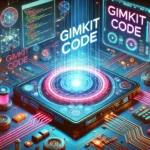



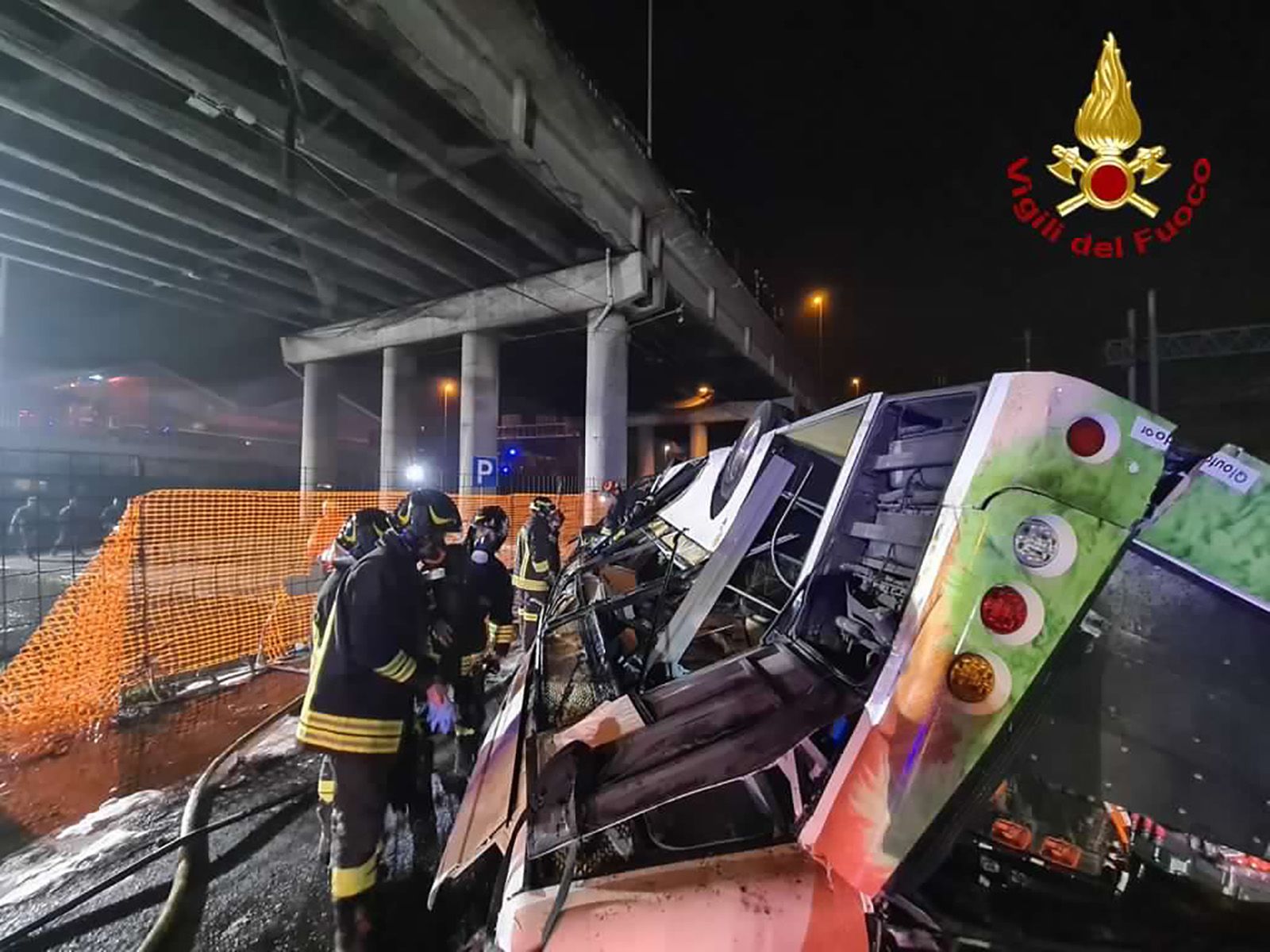





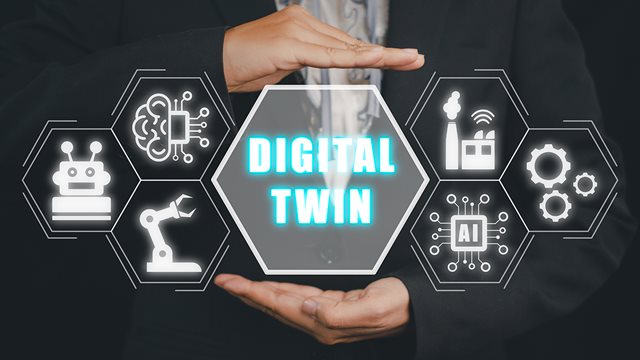

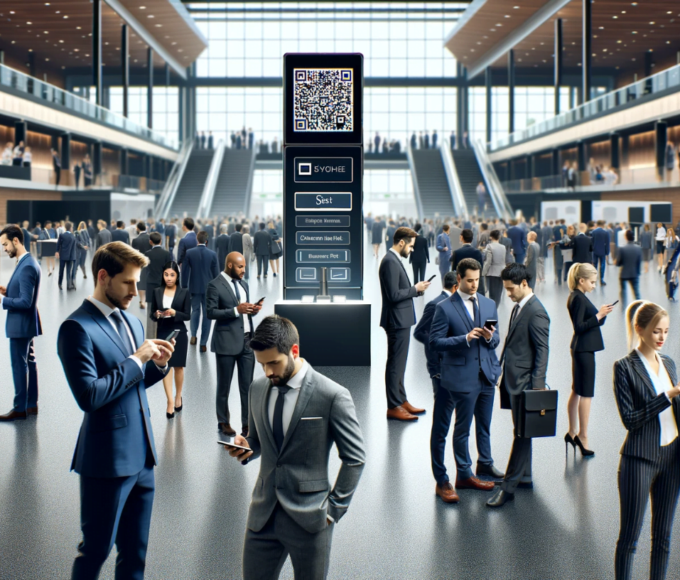
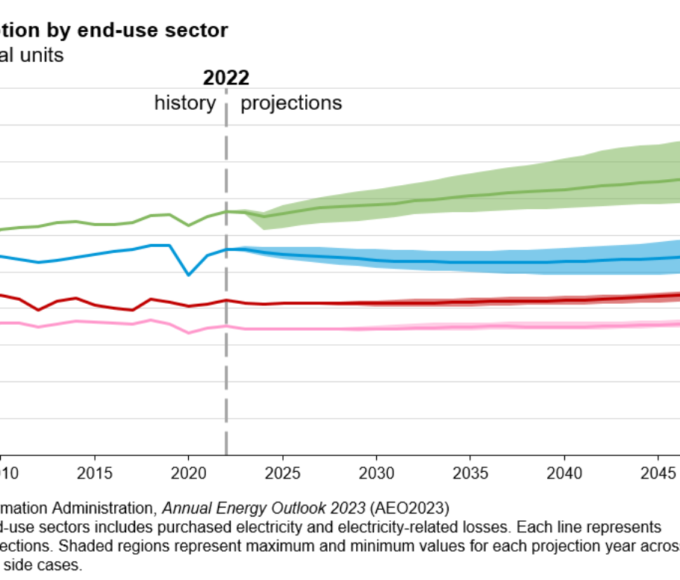
Leave a comment